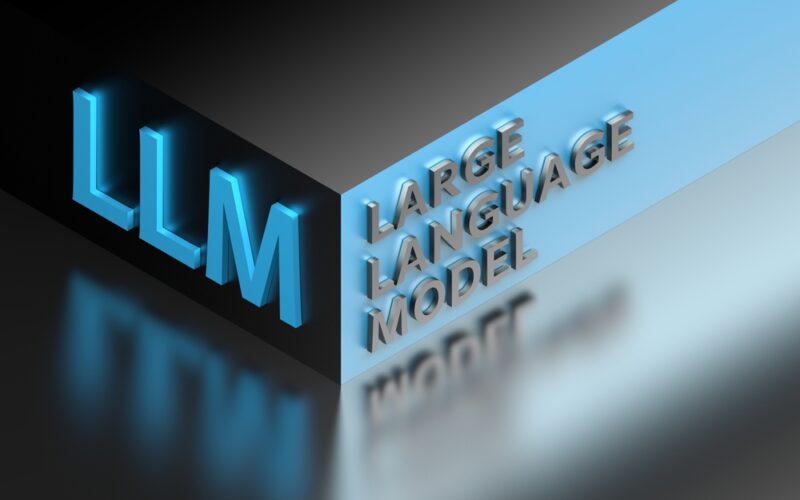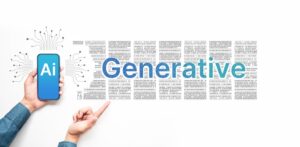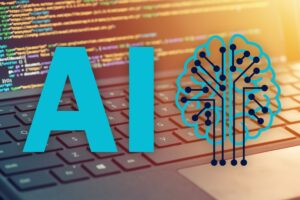(DariaRen/Shutterstock)
Recent advancements in AI have brought forth a new generation of tools that can process and generate human-like content across multiple modalities. At the forefront of this revolution are Large Language Models (LLMs) and Generative AI. While both fall under the broad umbrella of artificial intelligence, they serve different purposes and excel in distinct areas.
LLMs, like OpenAI’s GPT series or Google’s Gemini, are AI systems trained on vast amounts of textual data. These models have demonstrated remarkable capabilities in understanding and generating human-like text, making them particularly adept at:
- Natural language processing tasks (e.g., text summarization, translation)
- Information retrieval and question-answering
- Content generation and augmentation
- Sentiment analysis and customer intent prediction
Generative AI: The Multi-Modal Content Creators
Generative AI encompasses a broader category of AI systems designed to create new content across various mediums. While LLMs can be considered a subset of generative AI focused on text, the term often refers to systems that can produce:
- Images and artwork (e.g., DALL-E, Midjourney);
- Audio and music (e.g., Jukebox by OpenAI);
- Video content;
- 3D models and designs.
Strategic Applications in Business
To illustrate the potential of these technologies, let’s examine some hypothetical scenarios of how companies could leverage LLMs and generative AI to create value and gain competitive advantage.
Example 1: Enhancing Customer Service with LLMs
Imagine a global telecommunications company implementing an LLM-powered chatbot to handle customer inquiries. The potential results could be significant:
- 35% reduction in call center volume;
- 28% improvement in customer satisfaction scores;
- $15 million annual cost savings.
The key to such success would be the LLM’s ability to understand context and nuance in customer queries, providing more accurate and helpful responses than traditional rule-based chatbots.
Example 2: Accelerating Product Design with Generative AI
Consider a leading consumer electronics manufacturer integrating generative AI into their product design process. The impact could be transformative:
- 50% reduction in time-to-market for new products;
- 40% increase in design iterations explored;
- 25% improvement in customer ratings for product aesthetics.
By using generative AI to quickly produce and iterate on design concepts, the company could explore a wider range of possibilities and refine designs based on rapid prototyping and feedback.
The 5A Framework
To help business leaders navigate the implementation of these AI technologies, we propose the following “5A” framework:
- Assess: Identify key business processes that could benefit from AI augmentation;
- Align: Match the specific capabilities of LLMs or generative AI to your business needs;
- Augment: Start with small-scale pilots to augment existing processes rather than replace them entirely;
- Analyze: Measure the impact of AI implementation on key performance indicators;
- Adapt: Continuously refine and expand the use of AI based on learnings and evolving business needs.
Challenges and Considerations
While the potential of LLMs and generative AI is significant, business leaders must also be aware of the challenges:
- Data Privacy and Security: Ensure that the use of these technologies complies with data protection regulations and company privacy policies;
- Ethics: Address potential biases in AI outputs and establish guidelines for responsible AI use;
- Integrations: Plan for the technical challenges of integrating AI technologies with legacy systems and workflows;
- Workforce Impact: Prepare for the organizational changes that AI implementation may bring, including the need for reskilling and new roles.
Looking Ahead: The Future of AI in Business
As these technologies continue to evolve, we anticipate seeing:
- Increased integration of LLMs and generative AI, leading to more versatile and powerful AI systems;
- The emergence of industry-specific AI models trained on proprietary data sets;
- Greater emphasis on explainable AI to build trust and meet regulatory requirements;
- New business models and revenue streams enabled by AI-generated content and insights.
LLMs and generative AI both represent a significant leap forward in artificial intelligence capabilities. As with any transformative technology, the key to success lies in thoughtful implementation, continuous learning, and a willingness to reimagine traditional business processes.
About the author: Jason Guarracino is a senior technical product manager at data.world, the data catalog provider. At data.world, Guarracino leads the AI Context Engine, a technology that leverages knowledge graph and semantic web standards to deliver highly accurate and trustworthy AI-driven answers.
product manager at data.world, the data catalog provider. At data.world, Guarracino leads the AI Context Engine, a technology that leverages knowledge graph and semantic web standards to deliver highly accurate and trustworthy AI-driven answers.
Related Items:
Building Your GenAI Dream Team
GenAI Adoption: Show Me the Numbers
Early GenAI Adopters Seeing Big Returns for Analytics, Study Says
Source link
lol



